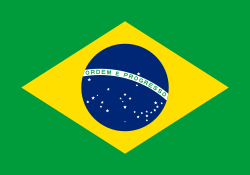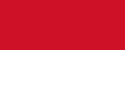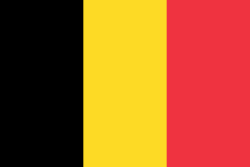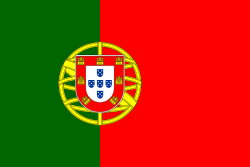Argentinas Grand Prix 1995
| Datum | 9 april 1995 |
|---|---|
| Bana | Autódromo Oscar Alfredo Gálvez |
| Sträcka | 72 × 4,259 = 306,648 km |
| Vinnare | Damon Hill, Williams-Renault |
| Pole position | David Coulthard, Williams-Renault |
| Snabbaste varv | Michael Schumacher, Benetton-Renault, 1:30,522 |
Argentinas Grand Prix 1995 var det andra av 17 lopp ingående i formel 1-VM 1995.
Resultat
- Damon Hill, Williams-Renault,10 poäng
- Jean Alesi, Ferrari, 6
- Michael Schumacher, Benetton-Renault, 4
- Johnny Herbert, Benetton-Renault, 3
- Heinz-Harald Frentzen, Sauber-Ford, 2
- Gerhard Berger, Ferrari, 1
- Olivier Panis, Ligier-Mugen Honda
- Ukyo Katayama, Tyrrell-Yamaha
- Domenico Schiattarella, Simtek-Ford
Förare som bröt loppet
- Pedro Diniz, Forti-Ford (varv 63, för få varv)
- Roberto Moreno, Forti-Ford (63, för få varv)
- Mika Salo, Tyrrell-Yamaha (48, kollision)
- Aguri Suzuki, Ligier-Mugen Honda (47, kollision)
- Pierluigi Martini, Minardi-Ford (44, snurrade av)
- Gianni Morbidelli, Footwork-Hart (43, elsystem)
- Taki Inoue, Footwork-Hart (40, snurrade av)
- Rubens Barrichello, Jordan-Peugeot (33, oljetryck)
- Jos Verstappen, Simtek-Ford (23, växellåda)
- David Coulthard, Williams-Renault (16, elsystem)
- Mark Blundell, McLaren-Mercedes (9, oljeläcka)
- Eddie Irvine, Jordan-Peugeot (6, motor)
- Andrea Montermini, Pacific-Ilmor (1, kollision)
- Mika Häkkinen, McLaren-Mercedes (0, kollision)
- Karl Wendlinger, Sauber-Ford (0, kollision)
- Bertrand Gachot, Pacific-Ilmor (0, kollision)
Förare som ej startade
- Luca Badoer, Minardi-Ford (0, startade inte)
Noteringar
- David Coulthards första pole position.
- Loppet stoppades efter två seriekrockar under första varvet men startades om och kördes hela den ursprungliga distansen.
VM-ställning
Förarmästerskapet | Konstruktörsmästerskapet
|
Källor
- ”1995 Argentine Grand Prix” (på engelska). Formula1.com. https://www.formula1.com/en/results.html/1995/races/622/argentina/race-result.html. Läst 29 april 2015.
| ||||||||
Media som används på denna webbplats
The civil ensign and flag of Belgium. It is identical to Image:Flag of Belgium.svg except that it has a 2:3 ratio, instead of 13:15.
Flag of Portugal, created by Columbano Bordalo Pinheiro (1857–1929), officially adopted by Portuguese government in June 30th 1911 (in use since about November 1910). Color shades matching the RGB values officially reccomended here. (PMS values should be used for direct ink or textile; CMYK for 4-color offset printing on paper; this is an image for screen display, RGB should be used.)
The Flag of Europe is the flag and emblem of the European Union (EU) and Council of Europe (CoE). It consists of a circle of 12 golden (yellow) stars on a blue background. It was created in 1955 by the CoE and adopted by the EU, then the European Communities, in the 1980s.
The CoE and EU are distinct in membership and nature. The CoE is a 47-member international organisation dealing with human rights and rule of law, while the EU is a quasi-federal union of 27 states focused on economic integration and political cooperation. Today, the flag is mostly associated with the latter.
It was the intention of the CoE that the flag should come to represent Europe as a whole, and since its adoption the membership of the CoE covers nearly the entire continent. This is why the EU adopted the same flag. The flag has been used to represent Europe in sporting events and as a pro-democracy banner outside the Union.














